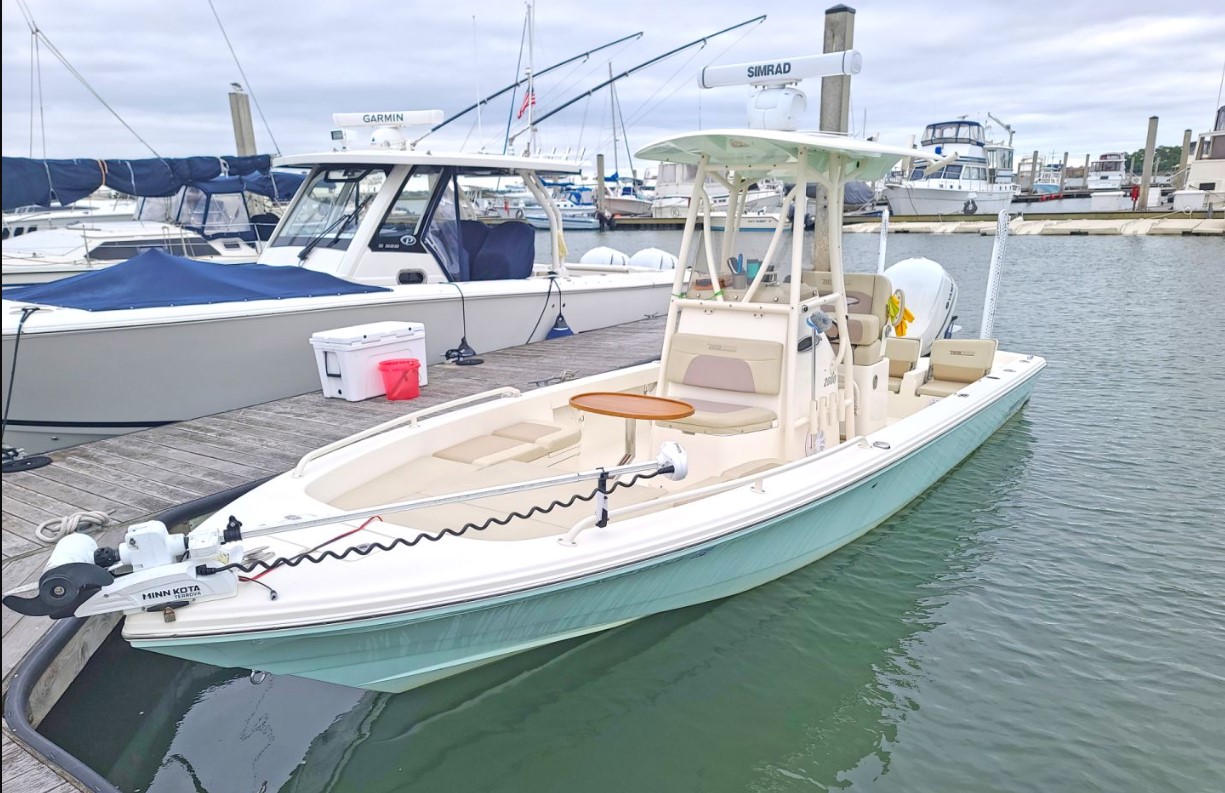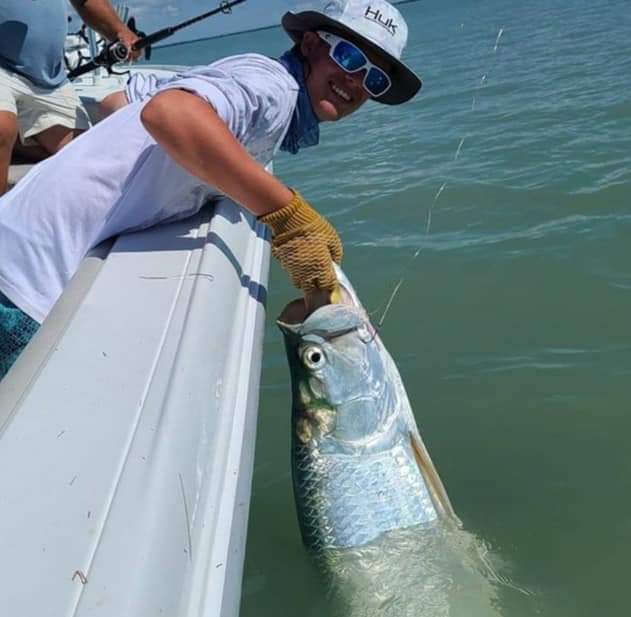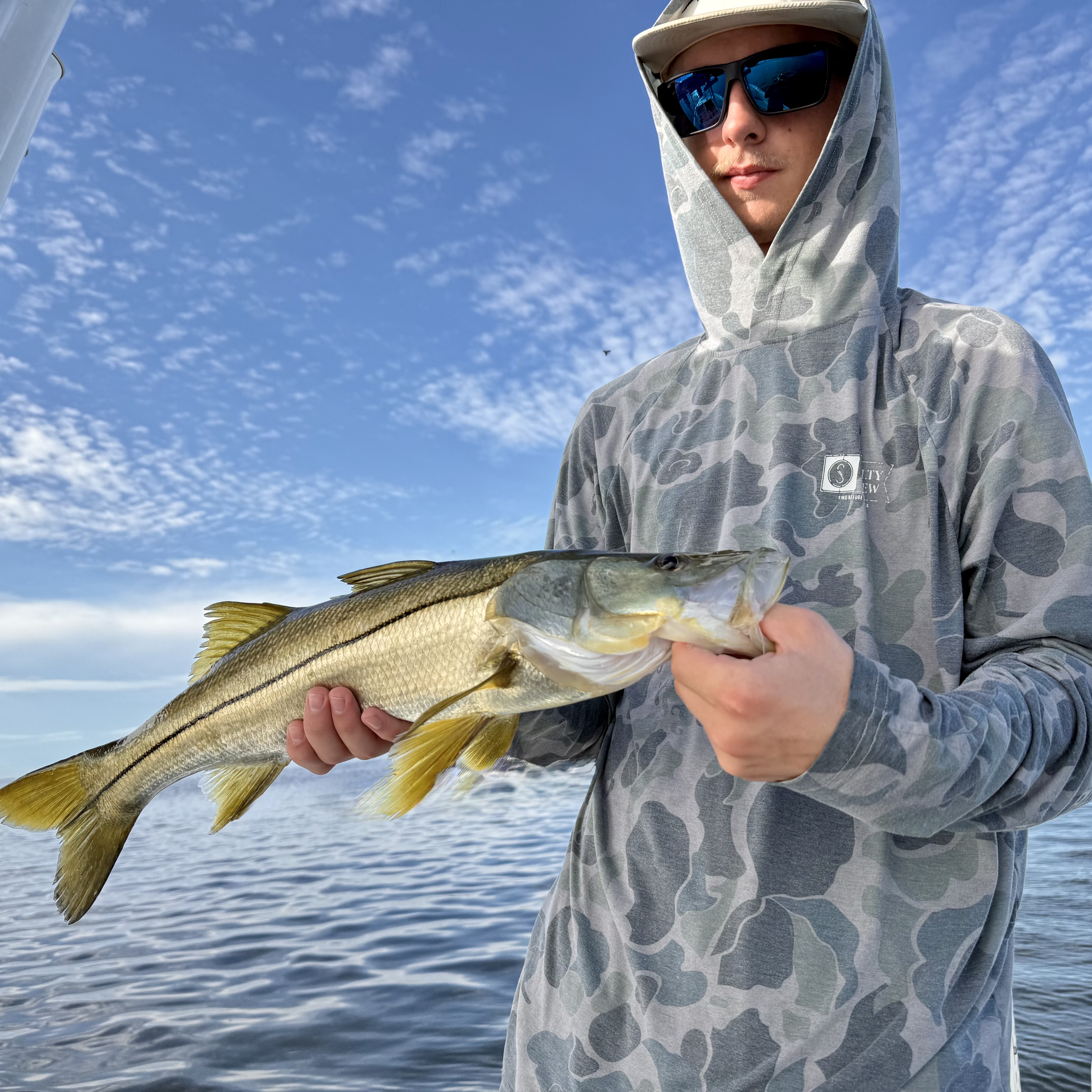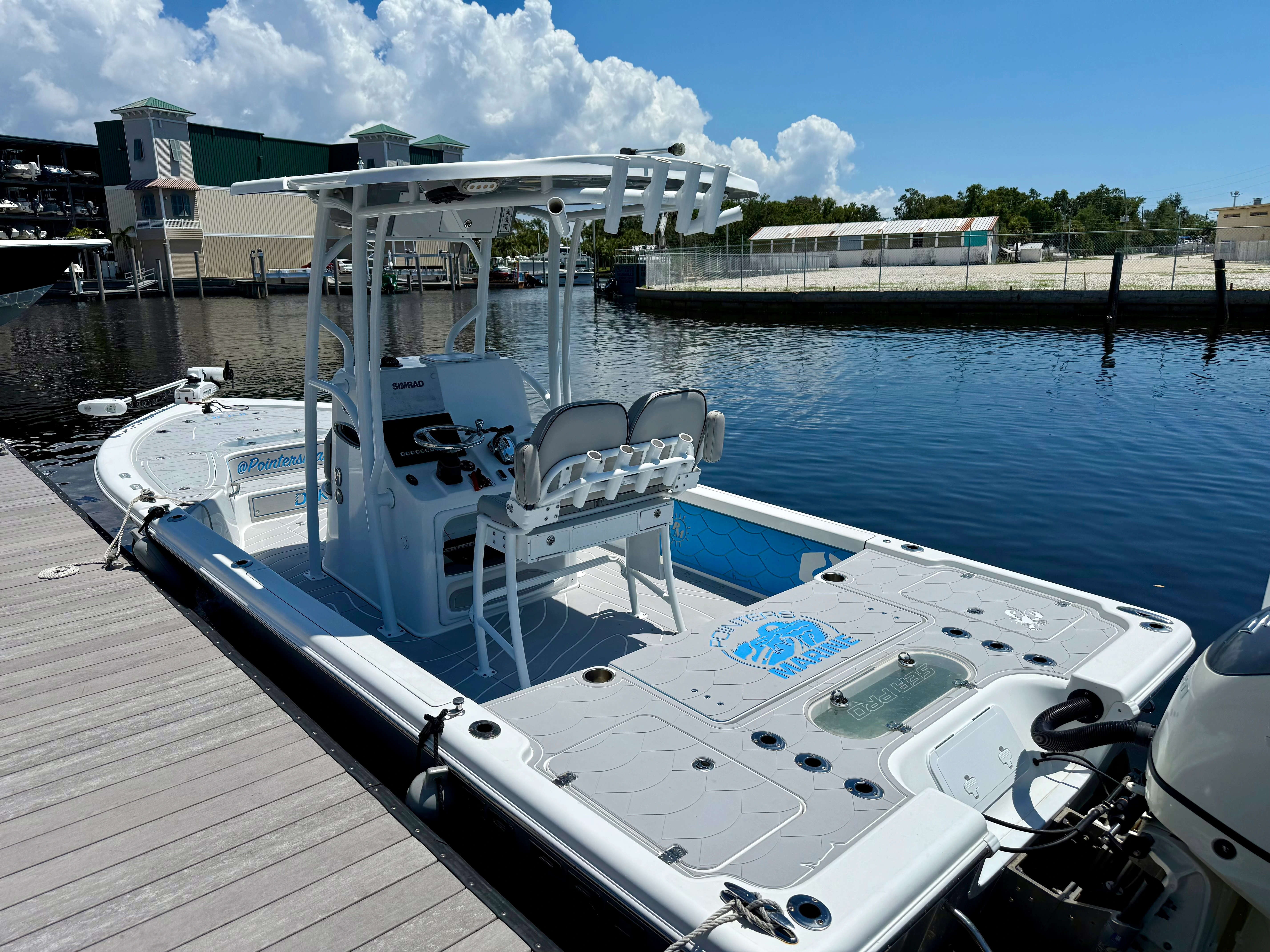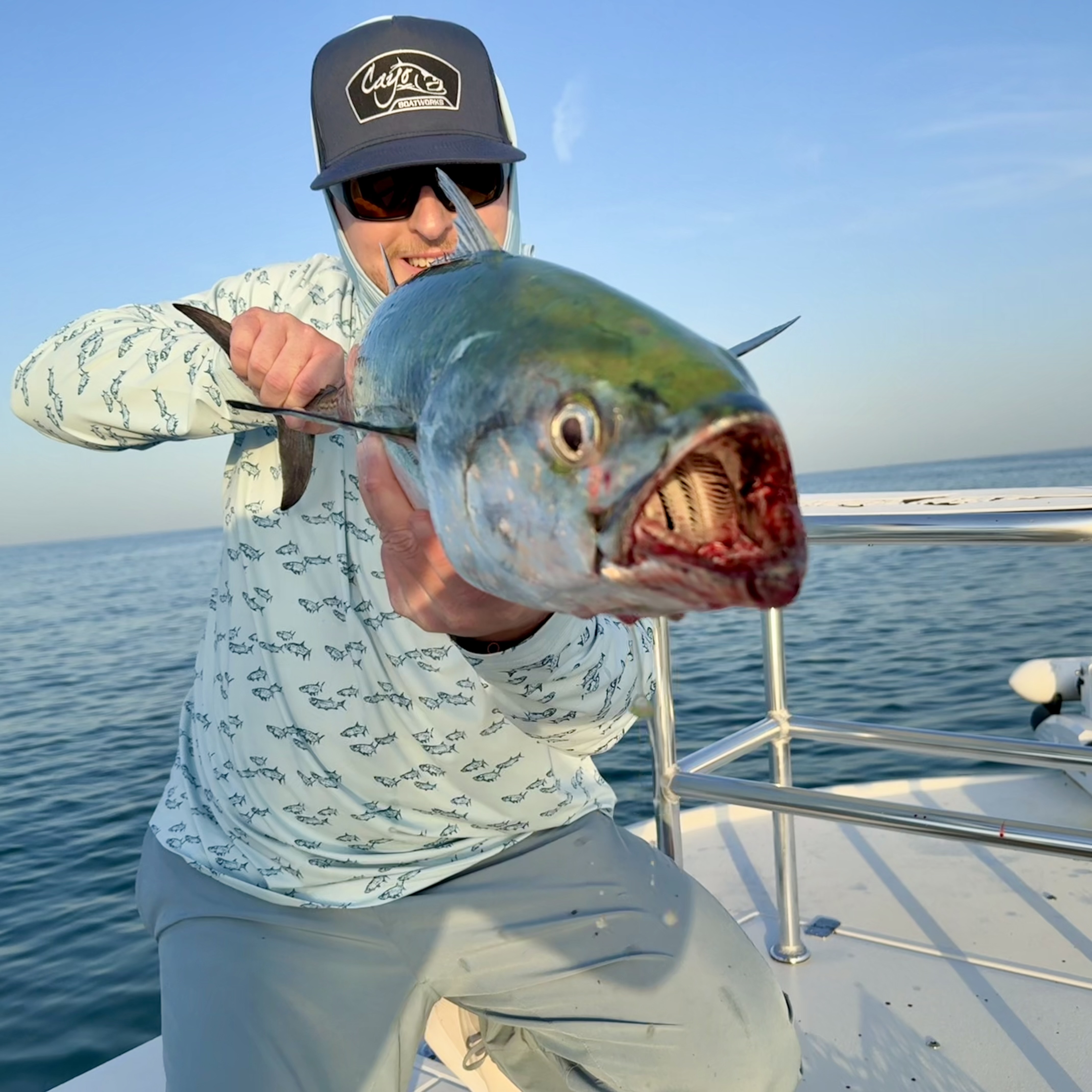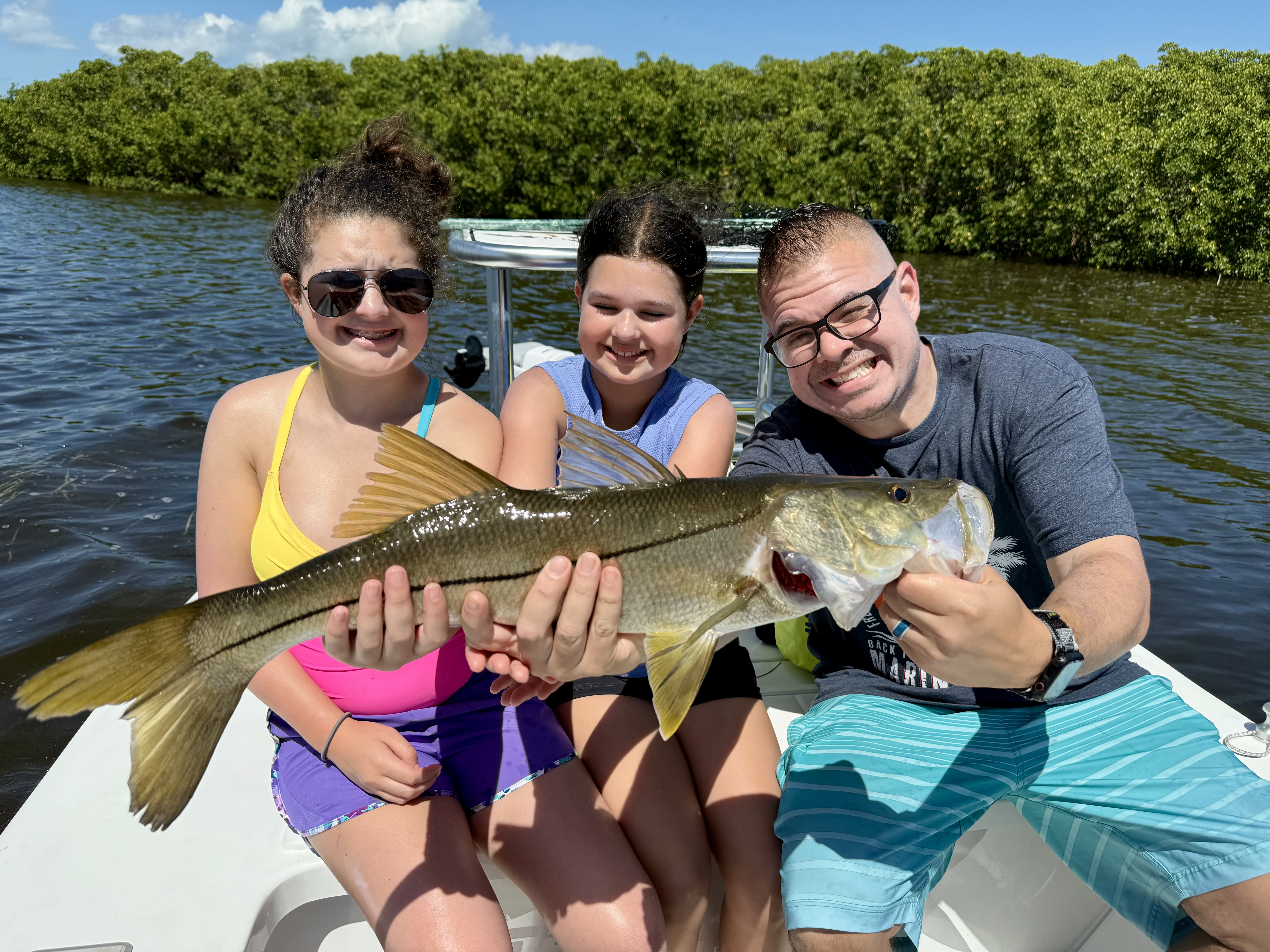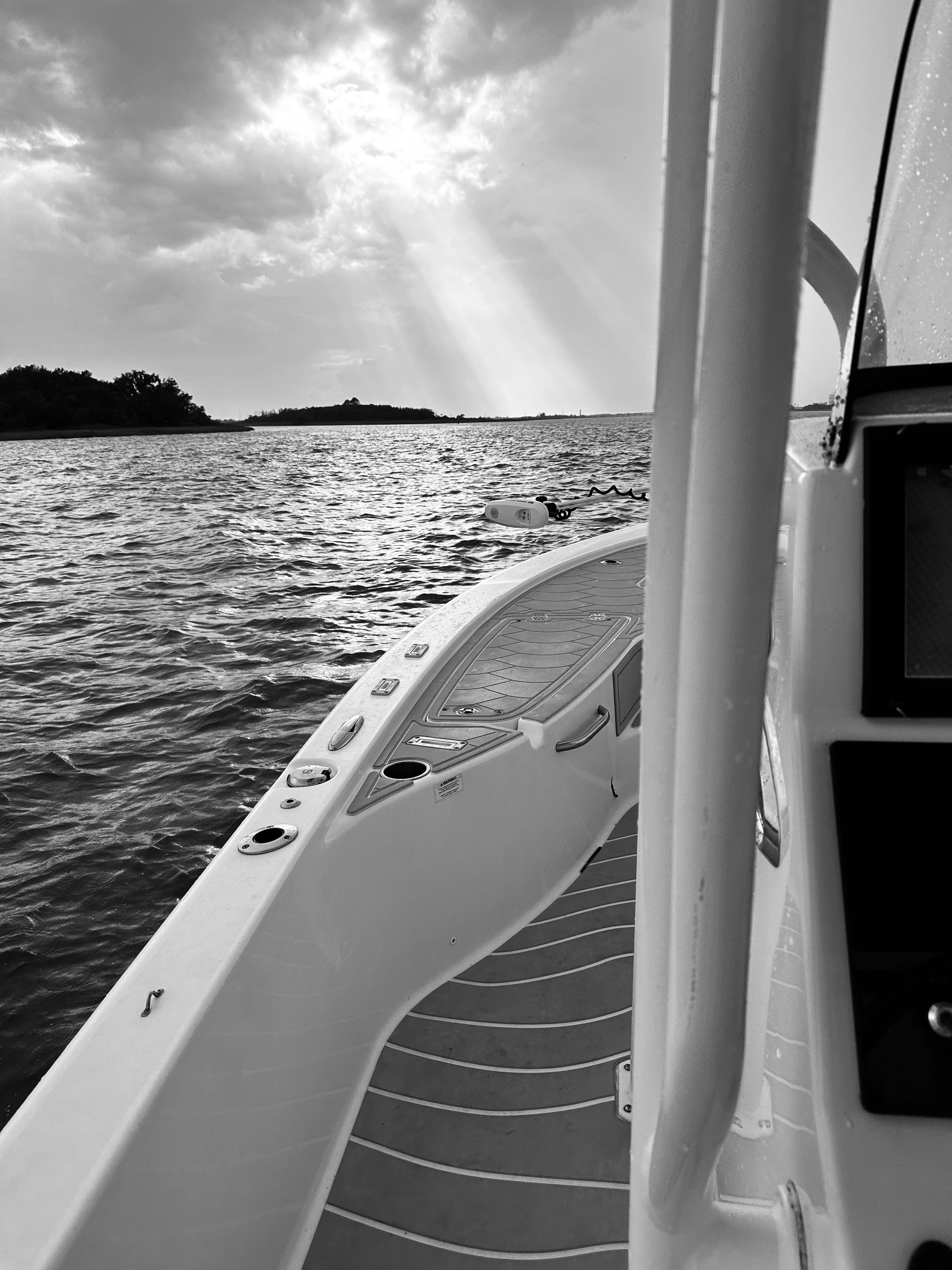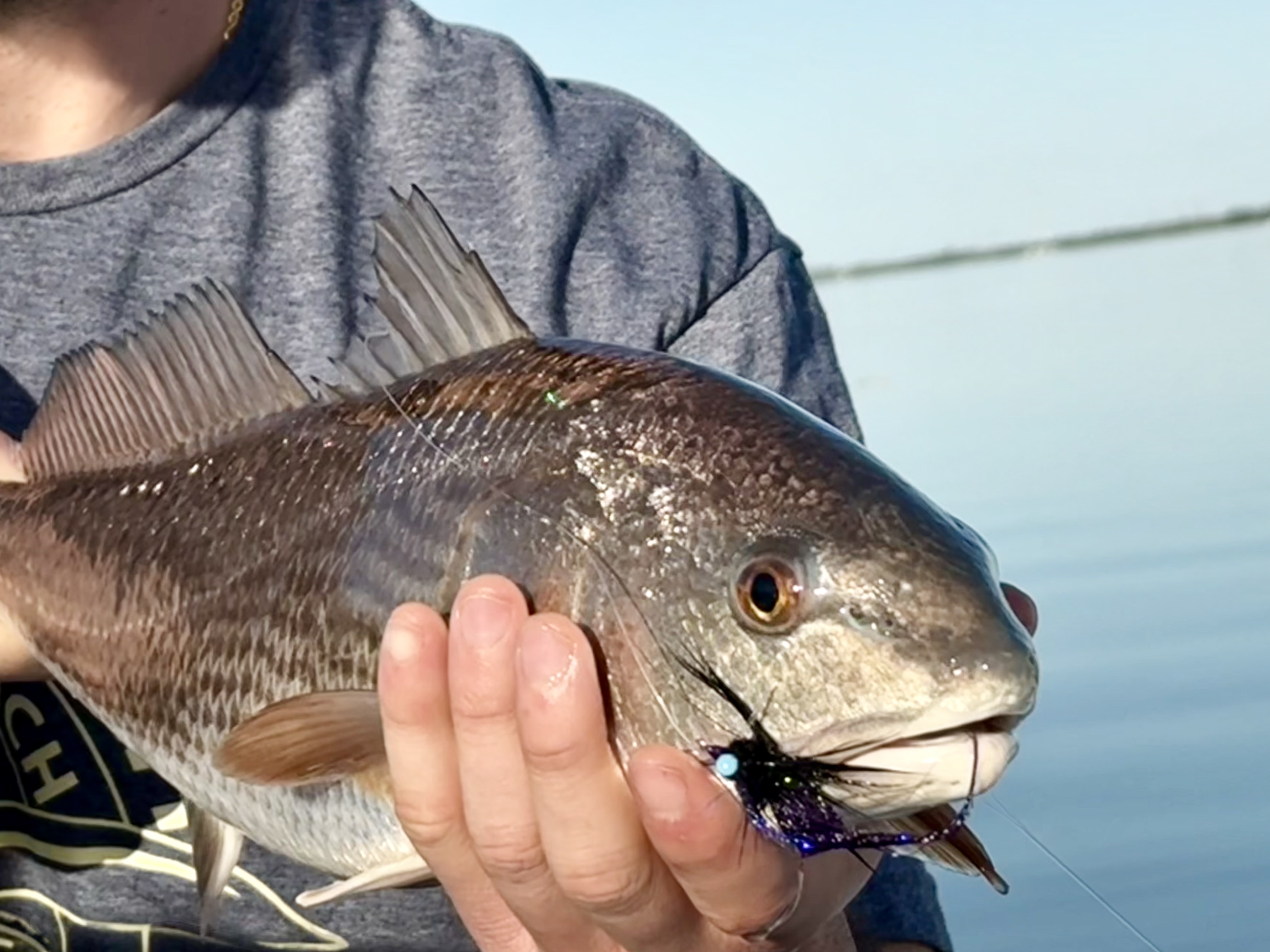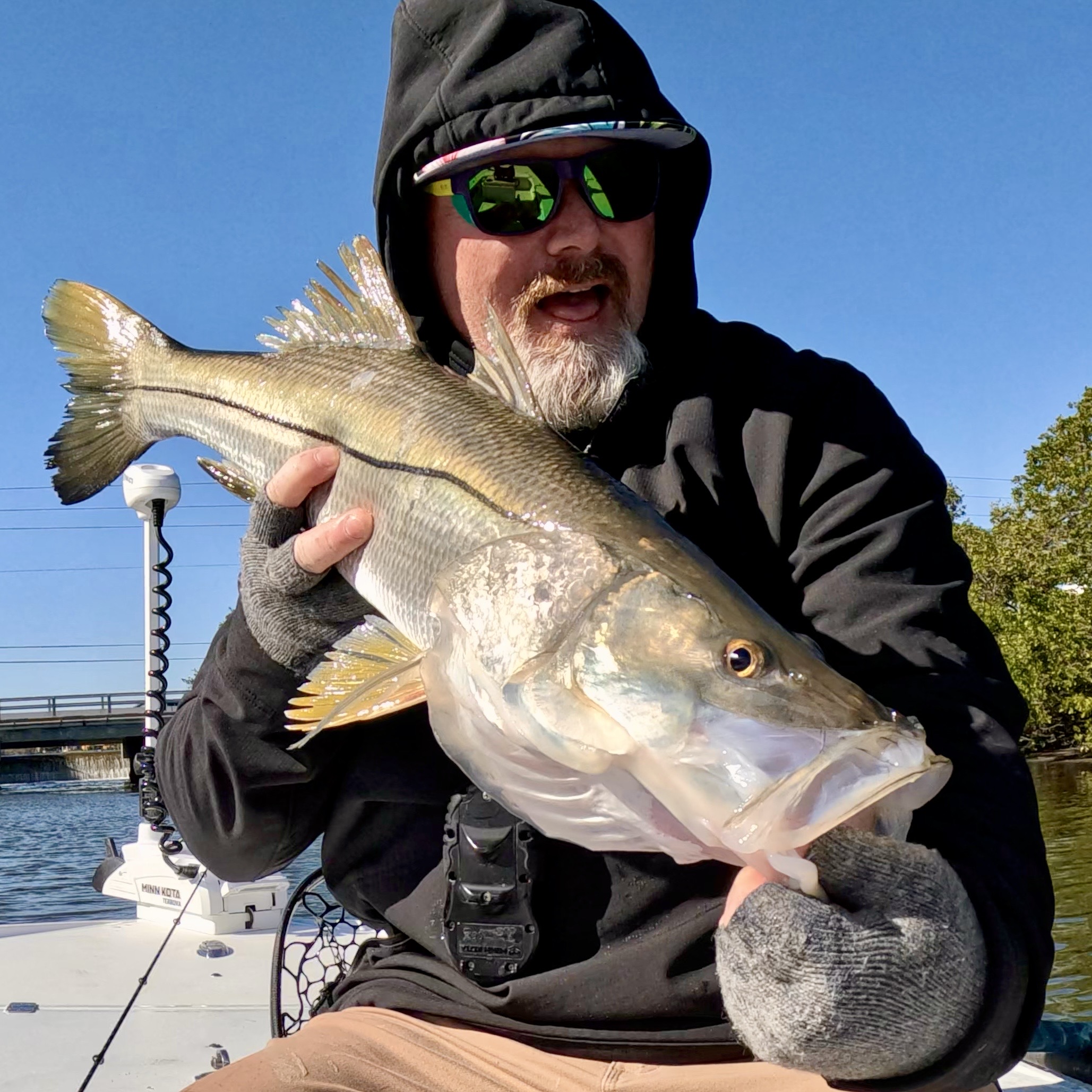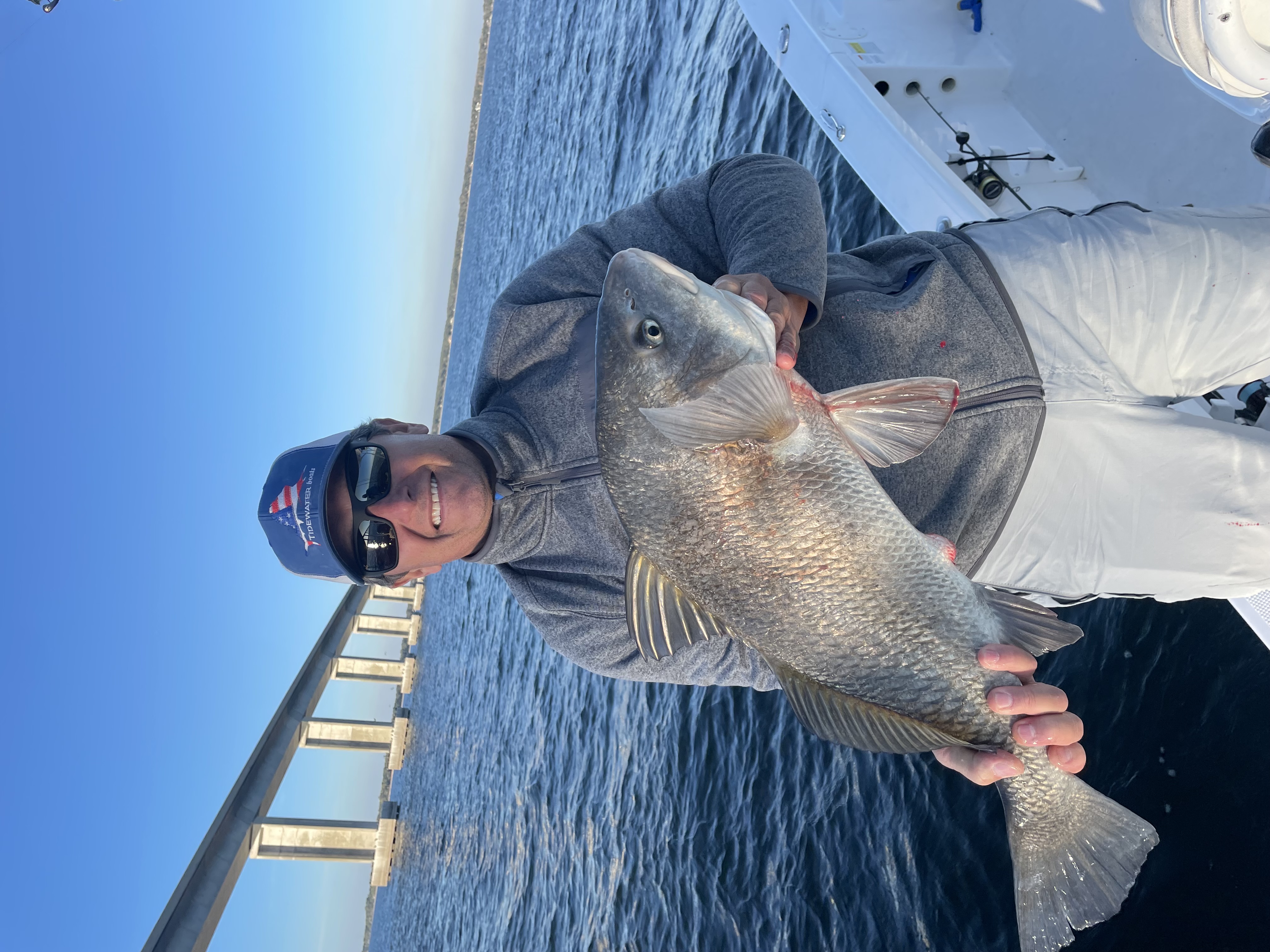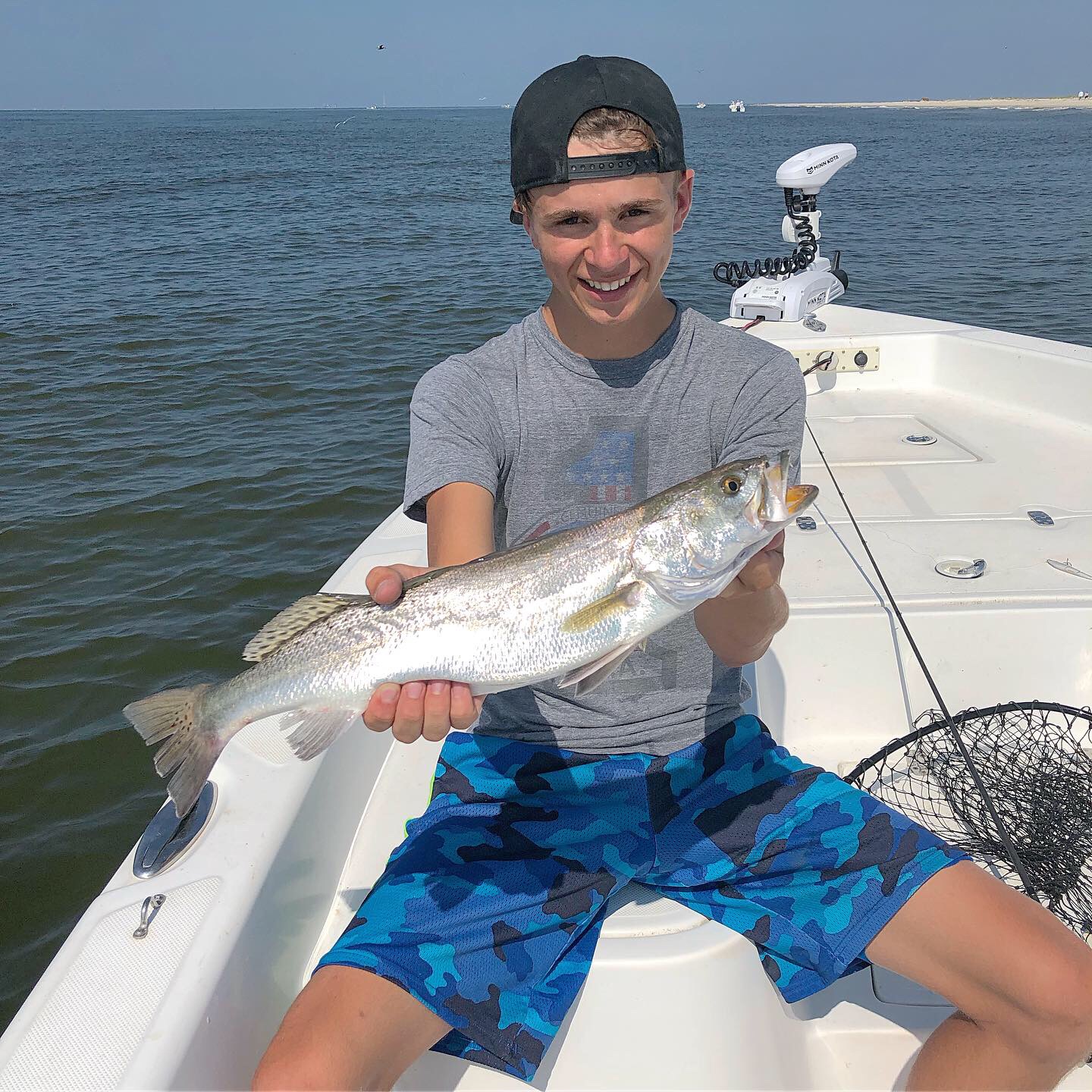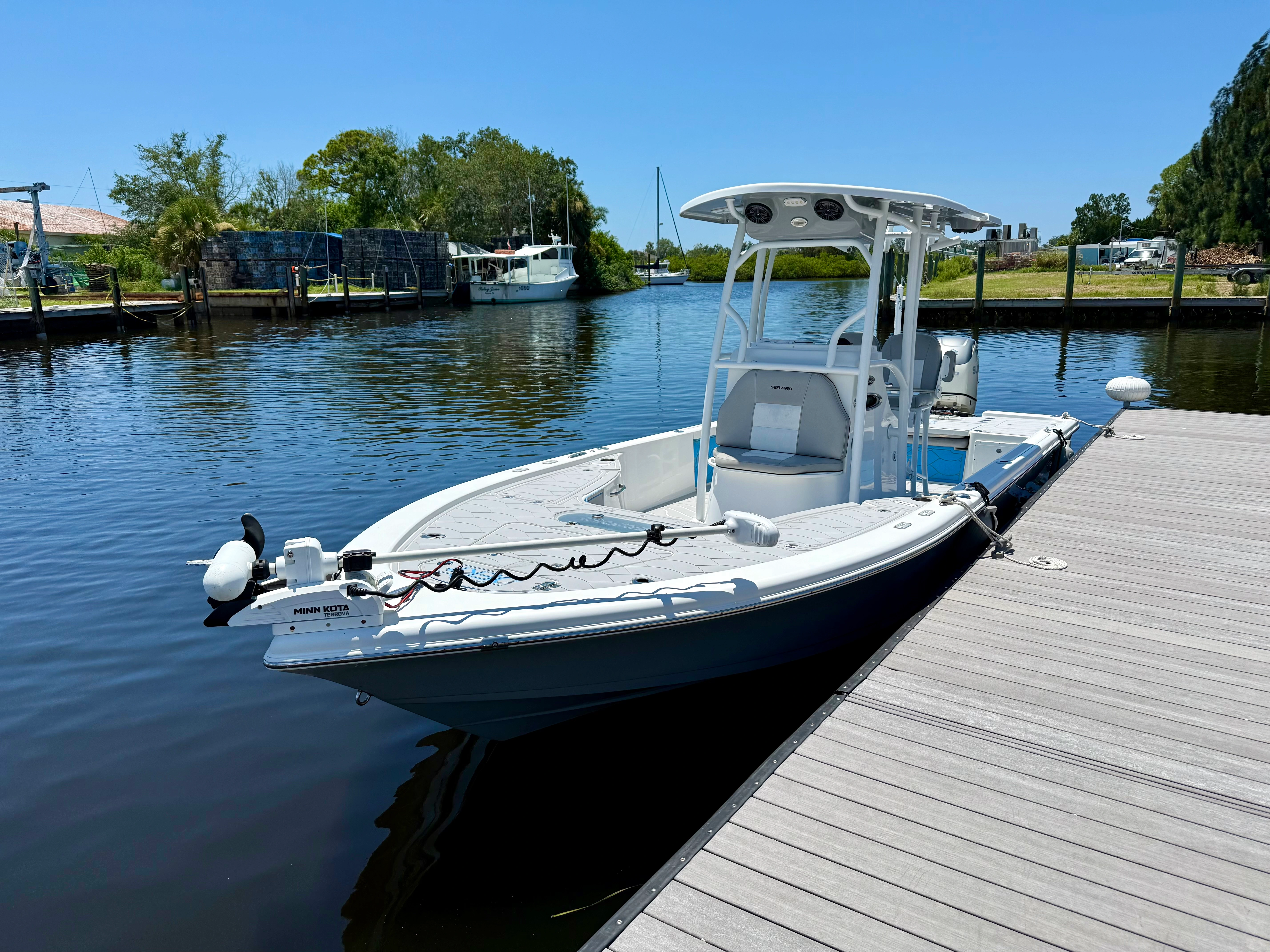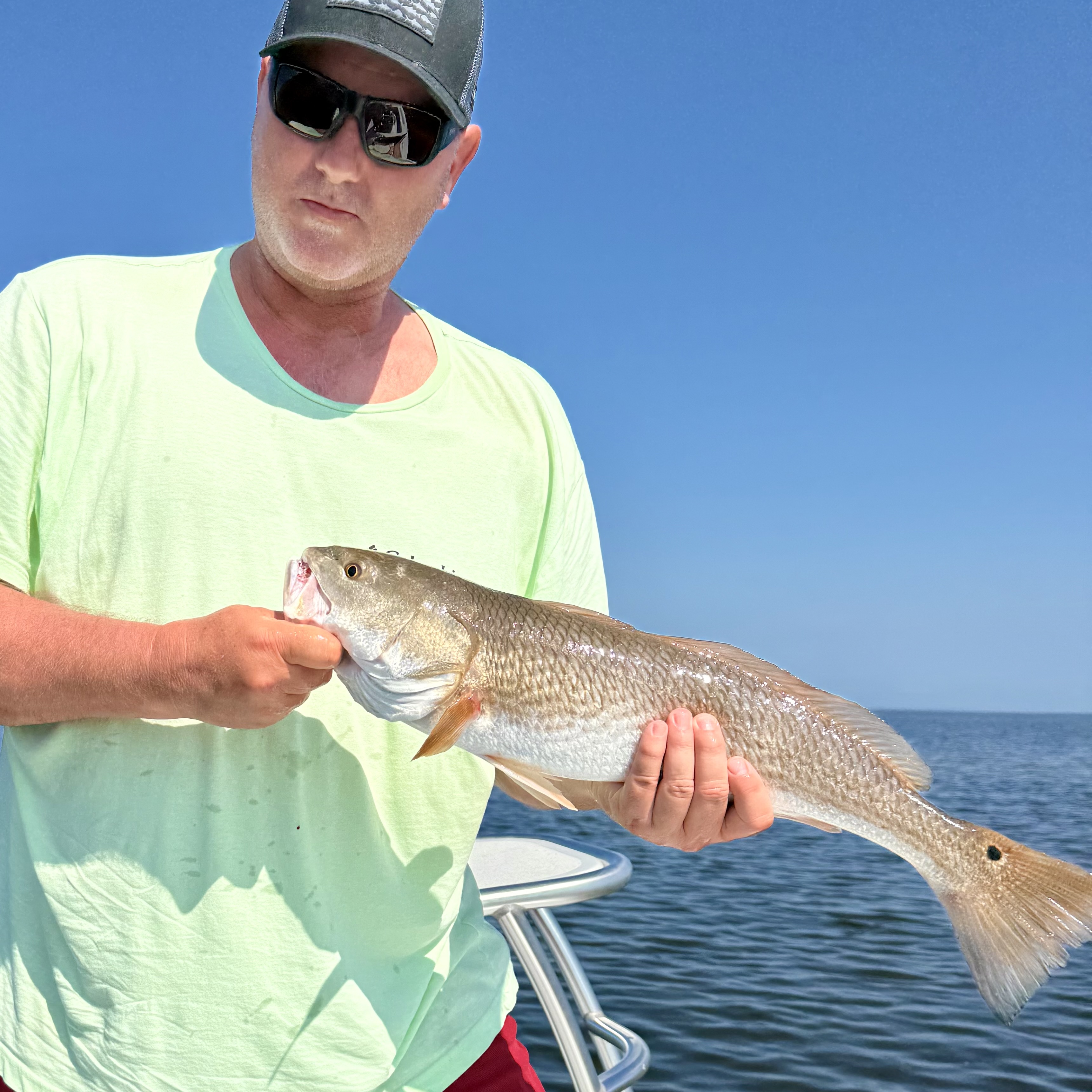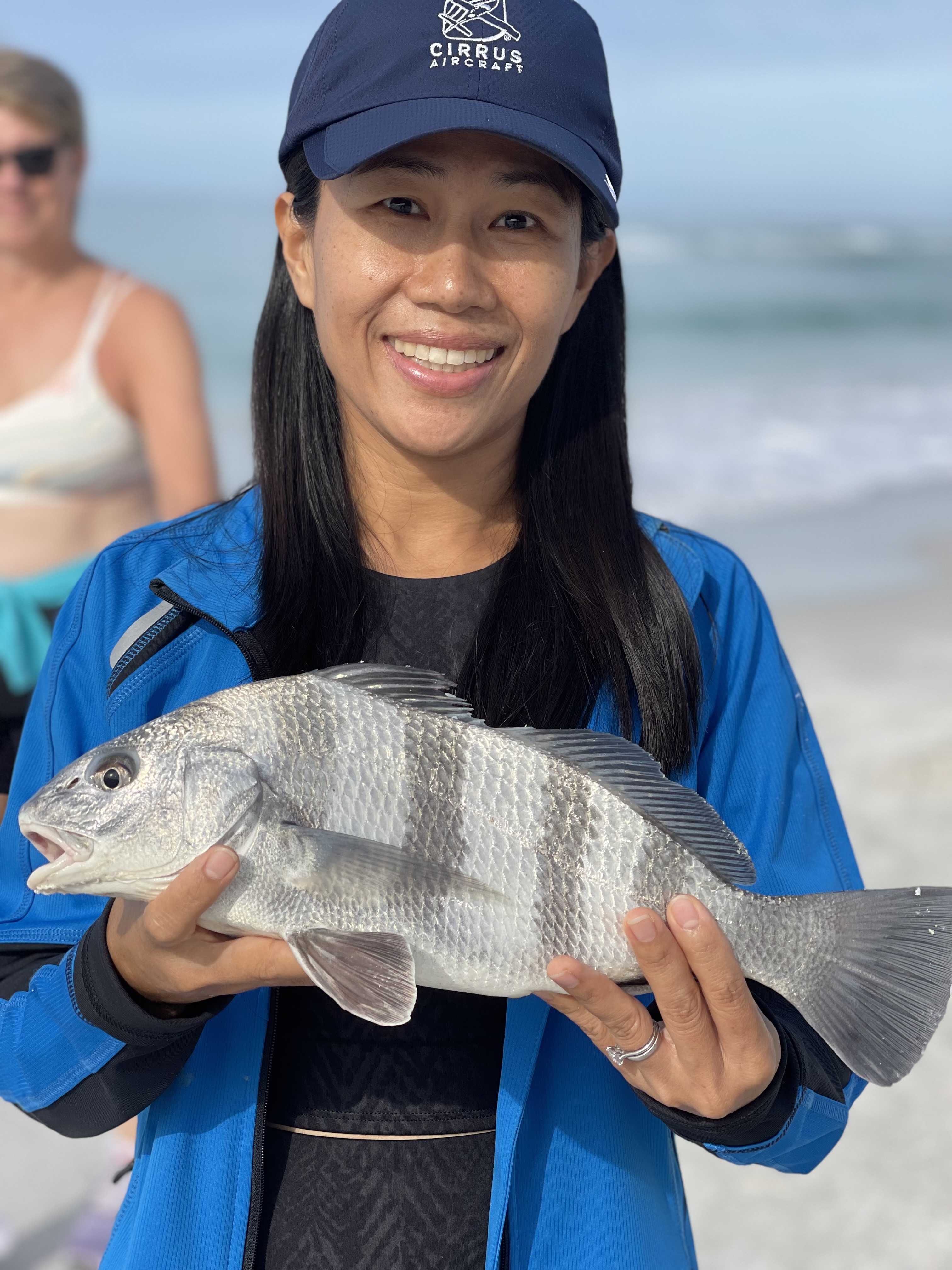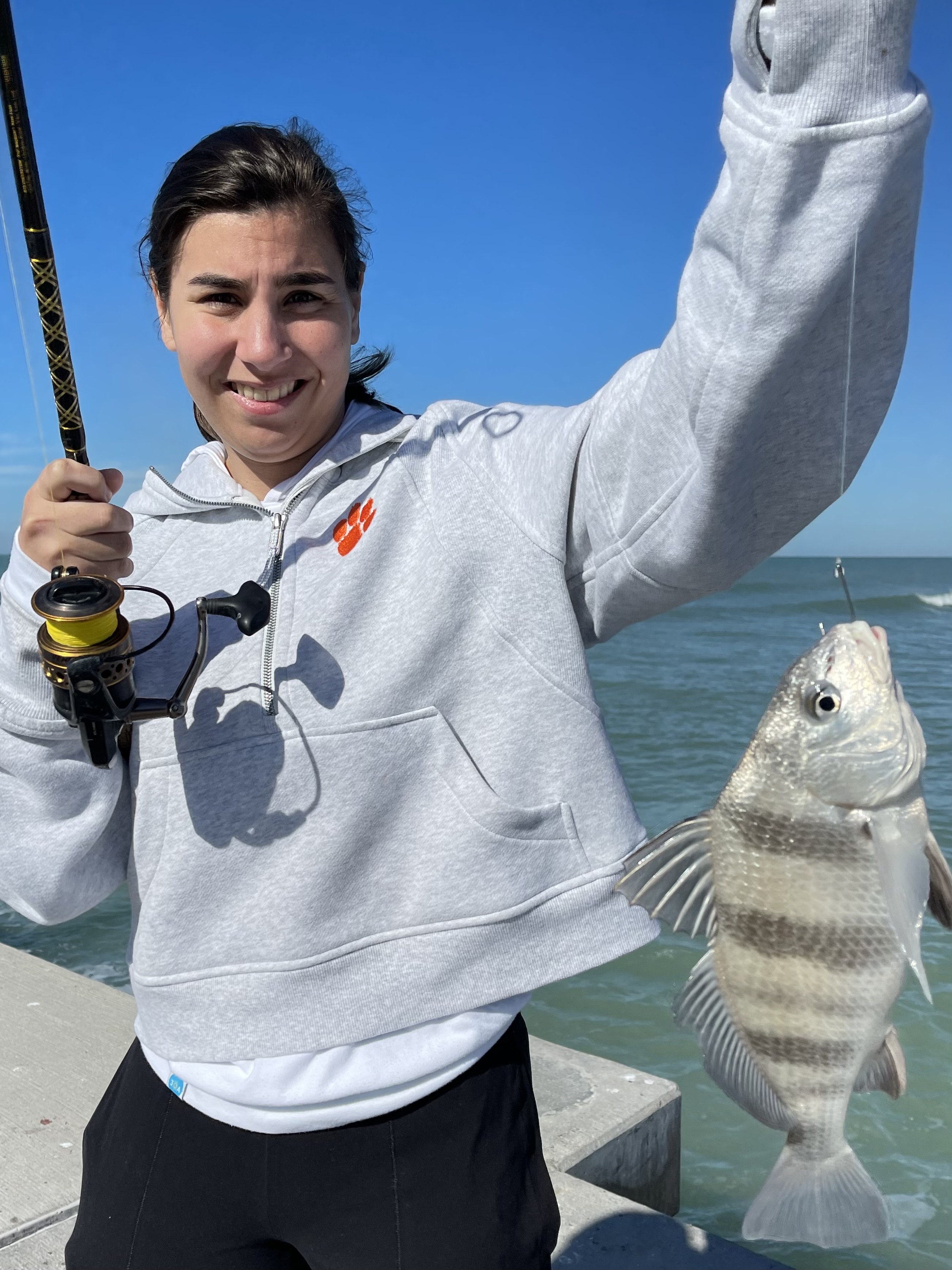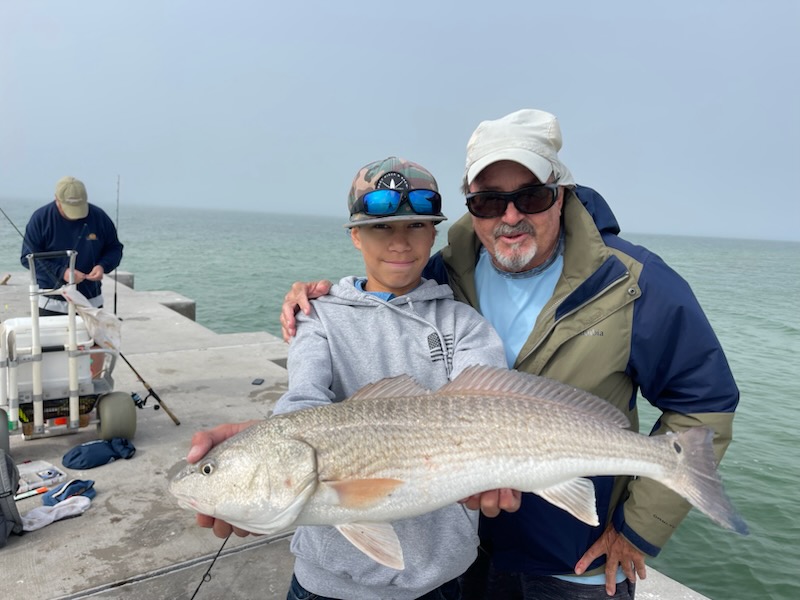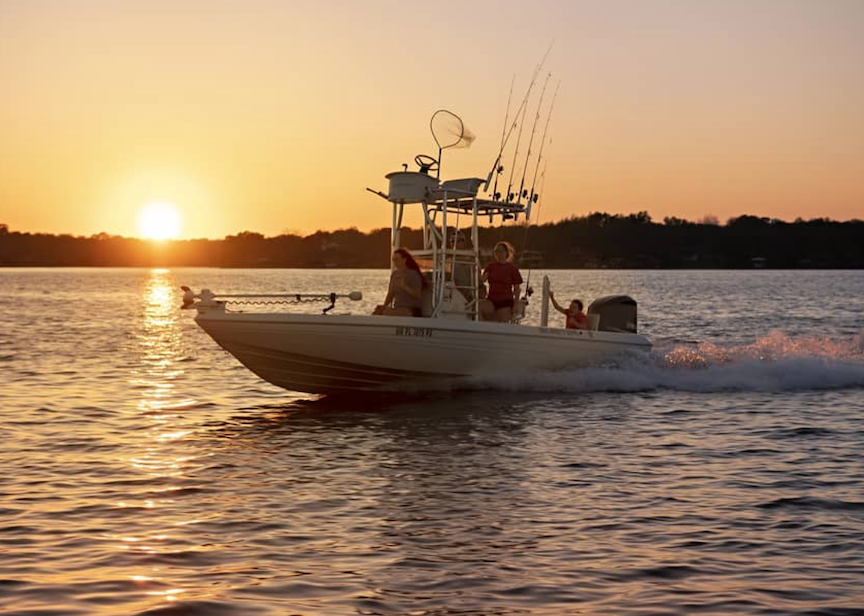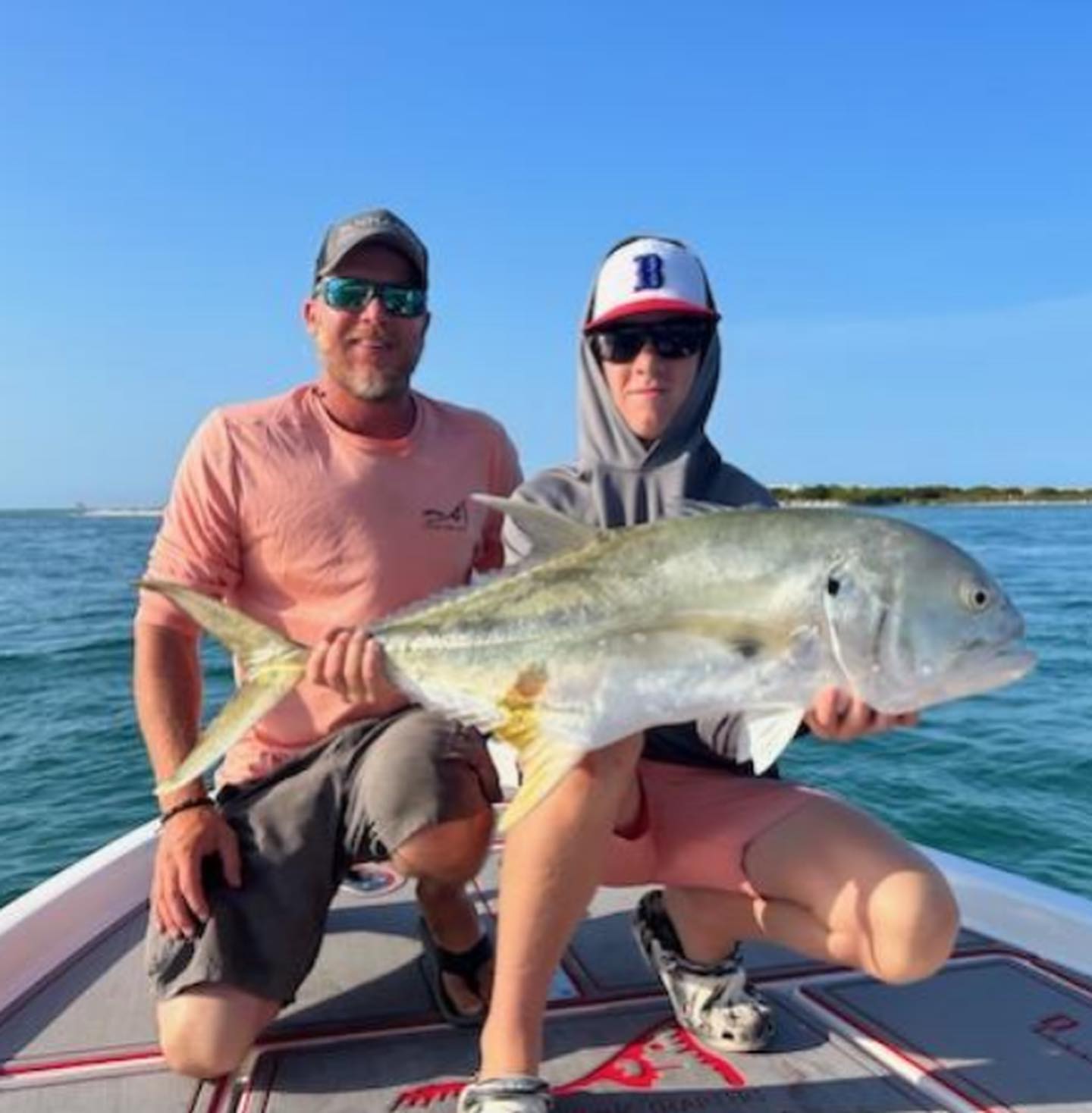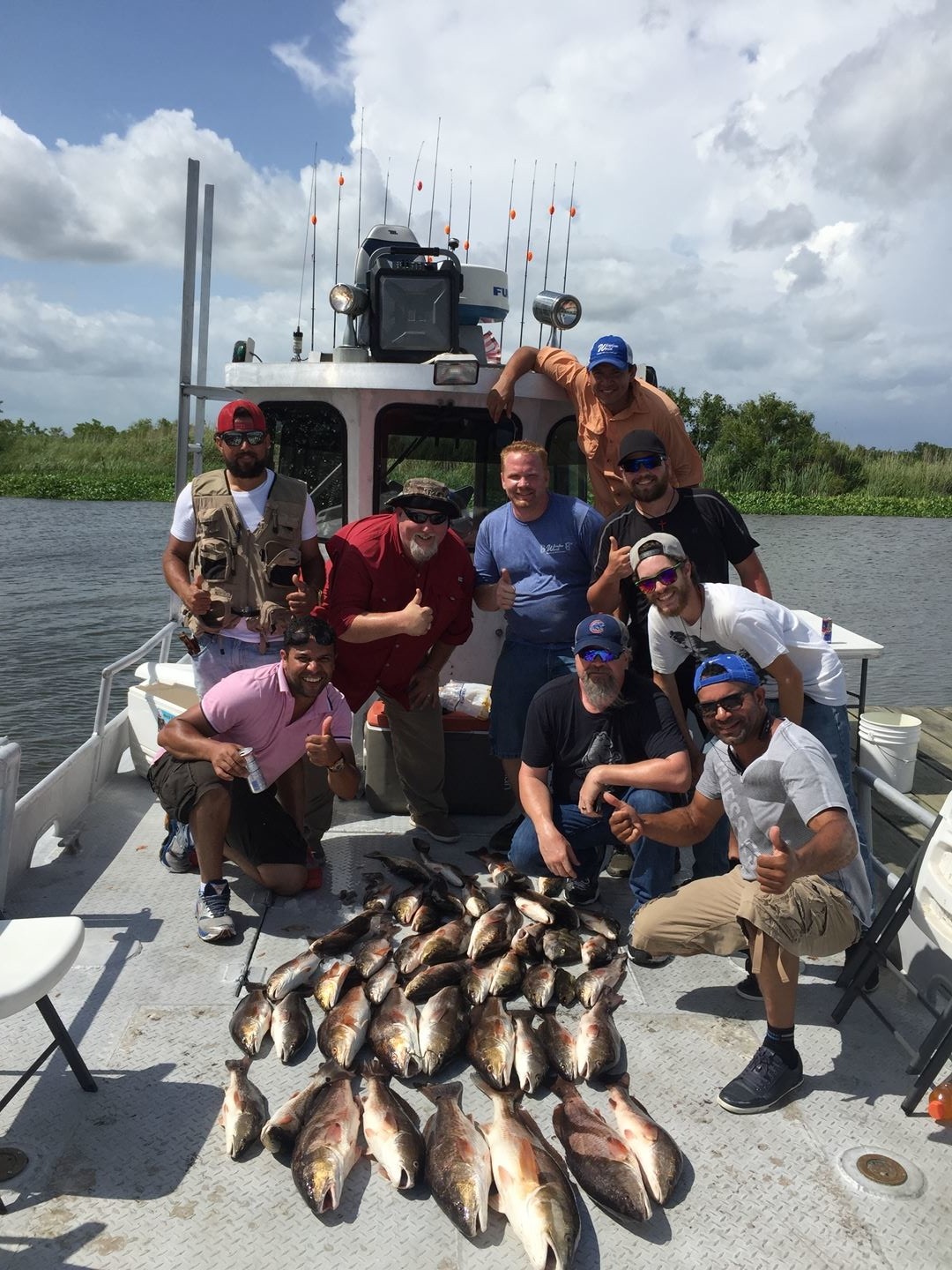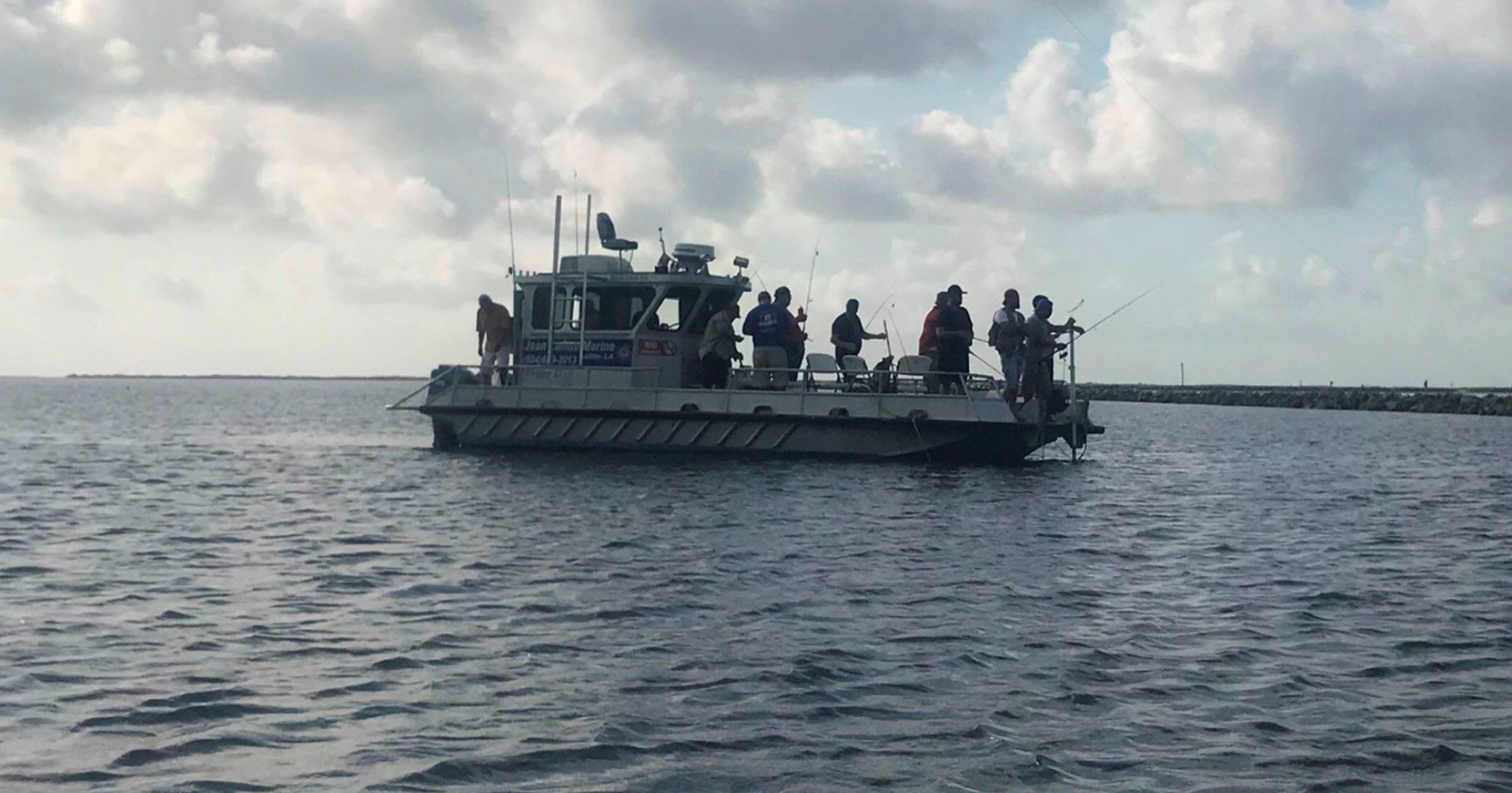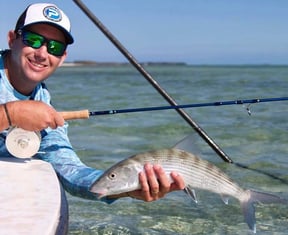Inshore, River, Flats in Folly Beach
3-6 Hr – Inshore Trip
Inshore, Nearshore, Flats in Clearwater
1/2 Day Family Friendly To Expert
Inshore, Nearshore, Flats in Clearwater
6hr INSHORE NEARSHORE Fishing Trip
Inshore, Nearshore, Flats in Clearwater
FULL DAY Family Friendly To Expert
Inshore, Nearshore, Jetty in Destin
Destin Bay Redfish Slam
Inshore, Flats Fishing in Clearwater
Quick Trip Inshore Fishing Charter
Inshore, Nearshore, River in Homestead
Everglades 1/2 Day Fishing Trip’s
Beach Fishing: Family-Friendly
Inshore, Nearshore, Jetty in Fort Walton Beach
Captain's Discretion
Inshore, Flats Fishing in Lafitte
Overnight Bayou Adventure
We started Captain Experiences to make it easy to book fishing and hunting guides around the world. With over 2,000 Damn Good Guides, our platform makes finding and booking a trip seamless. Head here to check out our trips.
Black drum and sheepshead are two popular inshore fish on the Gulf and Atlantic Coasts. While these fish are both a blast to catch, there’s more to them than meets the eye. Here’s a breakdown of both species and what makes them unique.
What is a Black Drum
Black drum are a popular species of saltwater fish that are commonly overshadowed by their cousin the redfish. The black drum gets its name from the varying shades of gray that cover it’s body and the drumming sound they produce. Black drum are from the croaker family which contains fish that produce a loud mating call with their air bladder. It’s common to hear this “drumming” sound when the fish is out of the water.
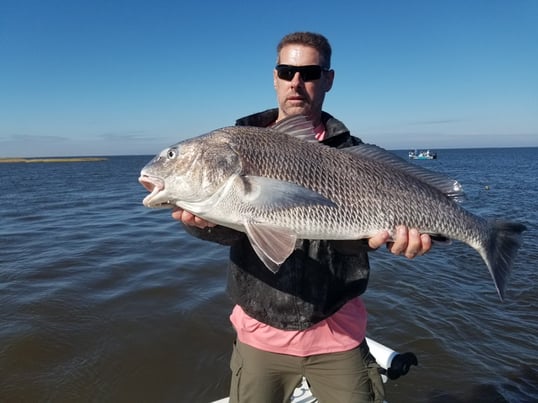
Their teeth are rounded and located in the back of their throat, and used to crush oysters, shellfish, and other mollusks and crabs. This means black drum are often found patrolling oyster beds and shell bottoms. Black drum are a nearshore and inshore fish found in many of the same areas as redfish. Juvenile drum will be caught inshore while more mature fish can be found further out. They are generally a robust fish, tolerating a wide variety of water conditions and temperatures, although their range is not huge, extending only through the western Atlantic and Gulf of Mexico.
How Big are Black Drum
Black drum also grow quickly and reach maturity at four to six years. At maturity black, drum measure 23 to 25 inches long and weigh about five pounds. These fish commonly reach 30 pounds, but have been known to grow over 60 inches long and weigh over 100 pounds. Black drum are truly inshore behemoths and can sometimes be found lurking in water less than 18 inches deep.
Black Drum are formidable fighters and while some anglers like to target them on the fly, landing a giant on a fly rod would be incredibly difficult. While they are sought after for their size, their meat is even more appealing. They have white meat with a mild flavor that’s delicious in a variety of preparations.
Sheepshead
Along the Atlantic coast and the Gulf of Mexico, sheepshead will keep up their feeding habits throughout the winter. Also along these coasts, winter cold fronts push water out of the inshore areas, packing redfish in tight together and making them easy pickings. Sheepshead are a popular fish because of their aggressive and sneaky eating habits. These fish are also called convict fish because of their black and white stripes that resemble old school prison clothes. While maybe not as intimidating as the other fish on this list, sheepshead have a mouthful of teeth.
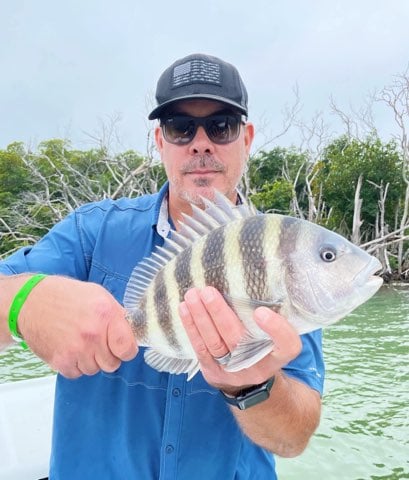
Fishing for sheepshead has become so popular because they can be found in calm waters, caught with relatively simple gear, and punch above their weight when hooked, all of which makes for an exciting and enjoyable trip. To make it even better, sheepshead have delicious light white meat perfectly suited to a variety of preparations. Taking a trip to the coast to target sheepshead is a low-pressure high reward experience that’s perfect for any angler.
How Big are Sheepshead
Sheepshead are typically considered one of the smaller inshore species and generally only reach a weight of between 3-6 pounds. They can however, reach lengths of up to 35 inches and weigh as much as 20 pounds. With that being said a sheepshead that large would be truly exceptional. Sheepshead can also live as long as 20 years which makes more sense for the giant maximum size of this fish.
Fishing for Sheepshead
These teeth are surprisingly good at eating bait cleanly off the hook without being detected. Whatever bait you’re using, make sure it’s firmly attached to the hook. If you have been fishing for sheepshead, you know these fish can punch above their weight. While these fish are hardly a threat to people I don't hear any volunteers to get bit.
Spring fishing for sheepshead is popular with anglers of all levels because of their aggressive and sneaky feeding habits. Sheepshead, also called convict fish because of their black and white stripes, often group up around barnacle-covered structures including pilings, rock piles, piers, jetties, and a variety of other spots. Catching these fish is typically done by jigging or using live or fresh cut bait.
Small jigs are used for sheepshead because they are small enough to fit in the fish’s mouth but also allow you to cover a lot of water. Sheepshead can be picky eaters and the bite can turn off or on in an instant. Live crabs or shrimp are the simple and effective way to keep the bite going all day. If you’re using cut bait make sure it is fresh otherwise these fish will just ignore it. Finally, sheepshead have a mouthful of teeth that are surprisingly good at eating bait cleanly off the hook without getting caught. Whatever bait you use, make sure it’s firmly attached to the hook.
Black Drum Vs Sheepshead
While black drum and sheepshead can be targeted using many of the same tactics, these fish share very few things in common. Black drum will almost always be bigger than a sheepshead and is easily capable of reaching lengths and weights two or three times larger. Young black drum are often mistaken for sheepshead due to their black and silver stripes, but they generally grow out of this as they reach maturity and adopt a more even silver-gray color. The coloration of both fish is black and white but sheepshead are white with black stripes and black drum are gray with dark bars. Depending on the angler one fish may taste better than the other but it’s common knowledge that both are incredible table fare.
Joey Butrus
Updated on June 20, 2023
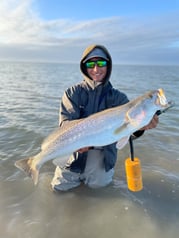
January 19, 2021

July 1, 2024
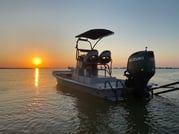
January 7, 2022
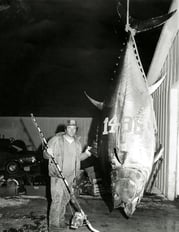
June 3, 2021

March 8, 2022
Related Articles
November 28, 2022
Featured Locations
- Fishing Charters Near Me
- Austin Fishing Guides
- Biloxi Fishing Charters
- Bradenton Fishing Charters
- Cabo San Lucas Fishing Charters
- Cancun Fishing Charters
- Cape Coral Fishing Charters
- Charleston Fishing Charters
- Clearwater Fishing Charters
- Corpus Christi Fishing Charters
- Crystal River Fishing Charters
- Dauphin Island Fishing Charters
- Daytona Beach Fishing Charters
- Destin Fishing Charters
- Fort Lauderdale Fishing Charters
- Fort Myers Fishing Charters
- Fort Walton Beach Fishing Charters
- Galveston Fishing Charters
- Gulf Shores Fishing Charters
- Hatteras Fishing Charters
- Hilton Head Fishing Charters
- Islamorada Fishing Charters
- Jacksonville Fishing Charters
- Jupiter Fishing Charters
- Key Largo Fishing Charters
- Key West Fishing Charters
- Kona Fishing Charters
- Lakeside Marblehead Fishing Charters
- Marathon Fishing Charters
- Marco Island Fishing Charters
- Miami Fishing Charters
- Montauk Fishing Charters
- Morehead City Fishing Charters
- Naples Fishing Charters
- New Orleans Fishing Charters
- New Smyrna Beach Fishing Charters
- Ocean City Fishing Charters
- Orange Beach Fishing Charters
- Panama City Beach Fishing Charters
- Pensacola Fishing Charters
- Pompano Beach Fishing Charters
- Port Aransas Fishing Charters
- Port Orange Fishing Charters
- Rockport Fishing Charters
- San Diego Fishing Charters
- San Juan Fishing Charters
- Sarasota Fishing Charters
- South Padre Island Fishing Charters
- St. Augustine Fishing Charters
- St. Petersburg Fishing Charters
- Tampa Fishing Charters
- Tarpon Springs Fishing Charters
- Venice Fishing Charters
- Virginia Beach Fishing Charters
- West Palm Beach Fishing Charters
- Wilmington Fishing Charters
- Wrightsville Beach Fishing Charters

